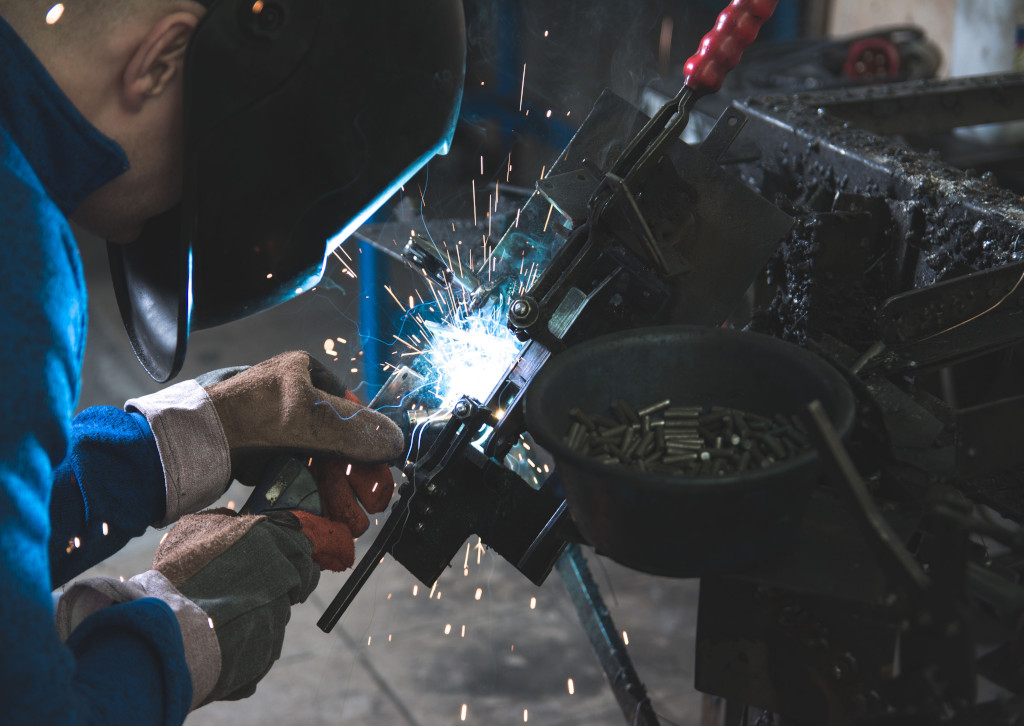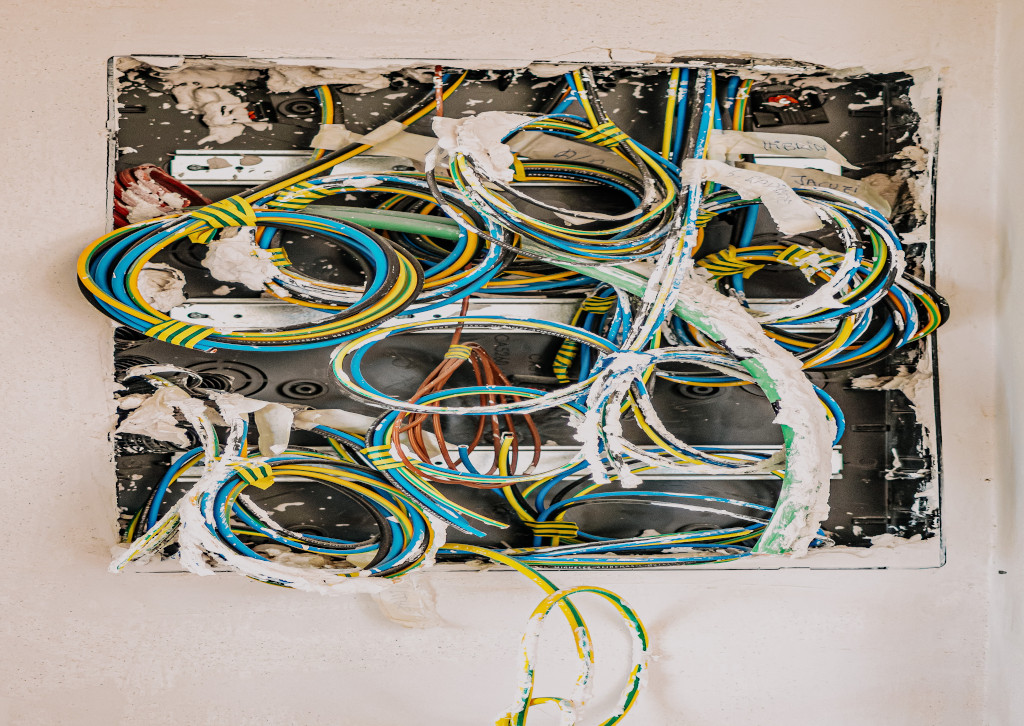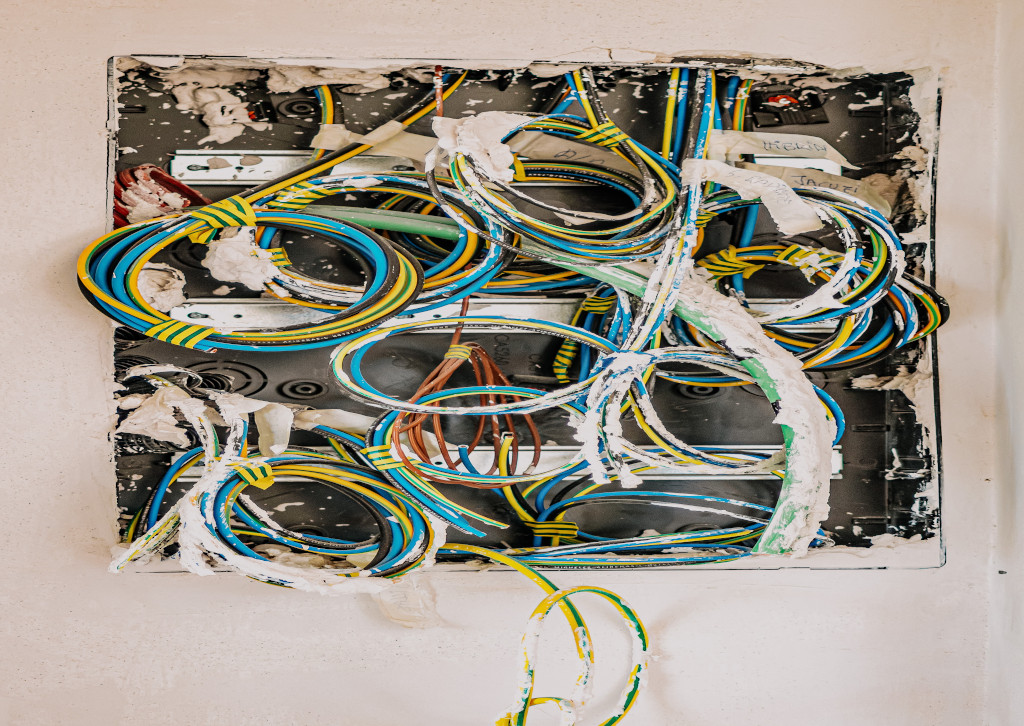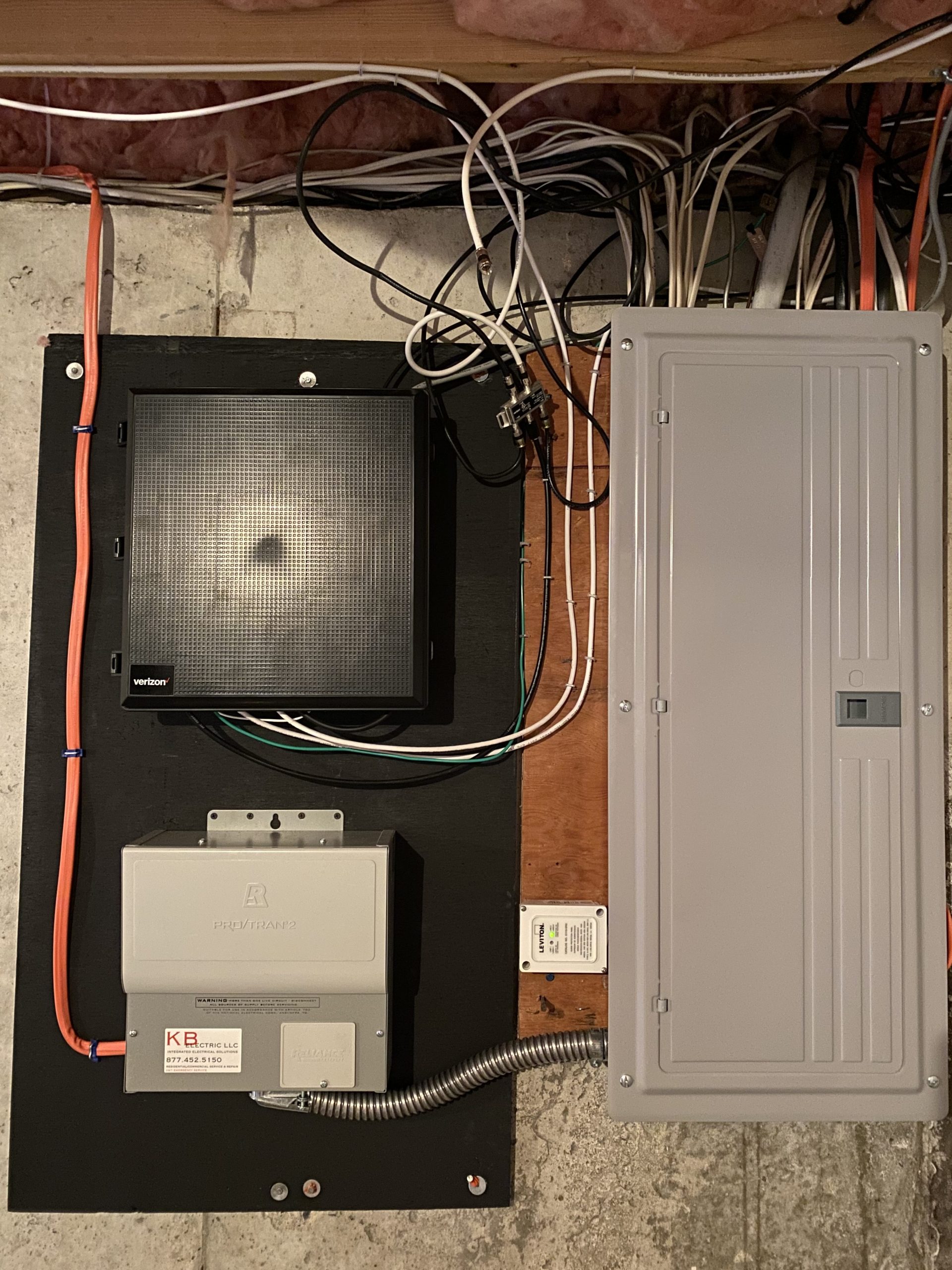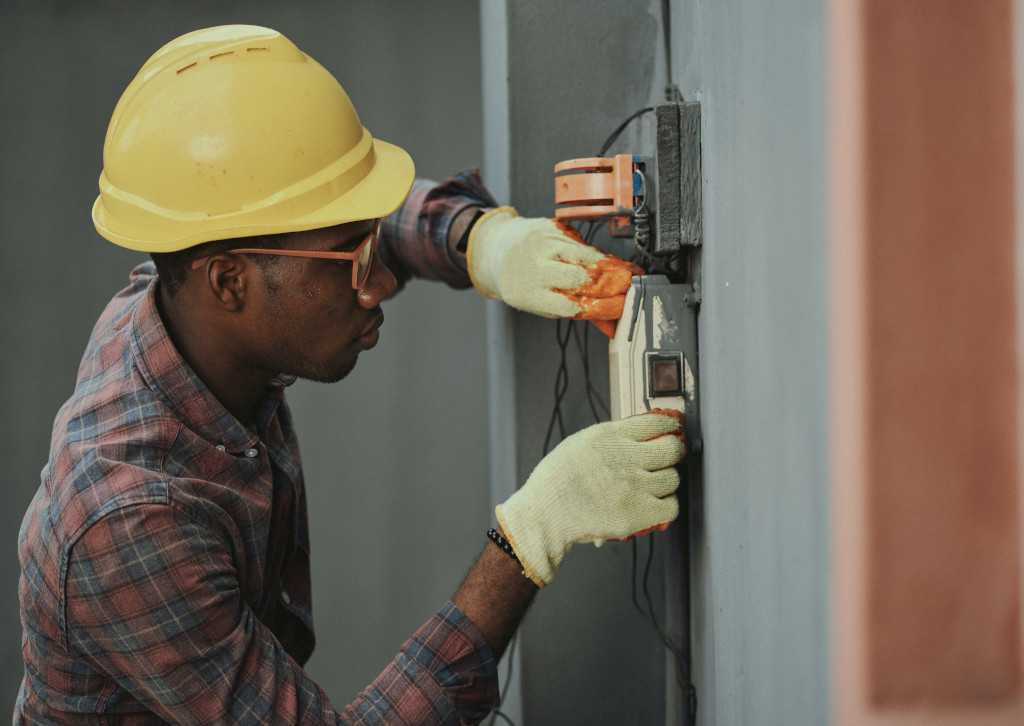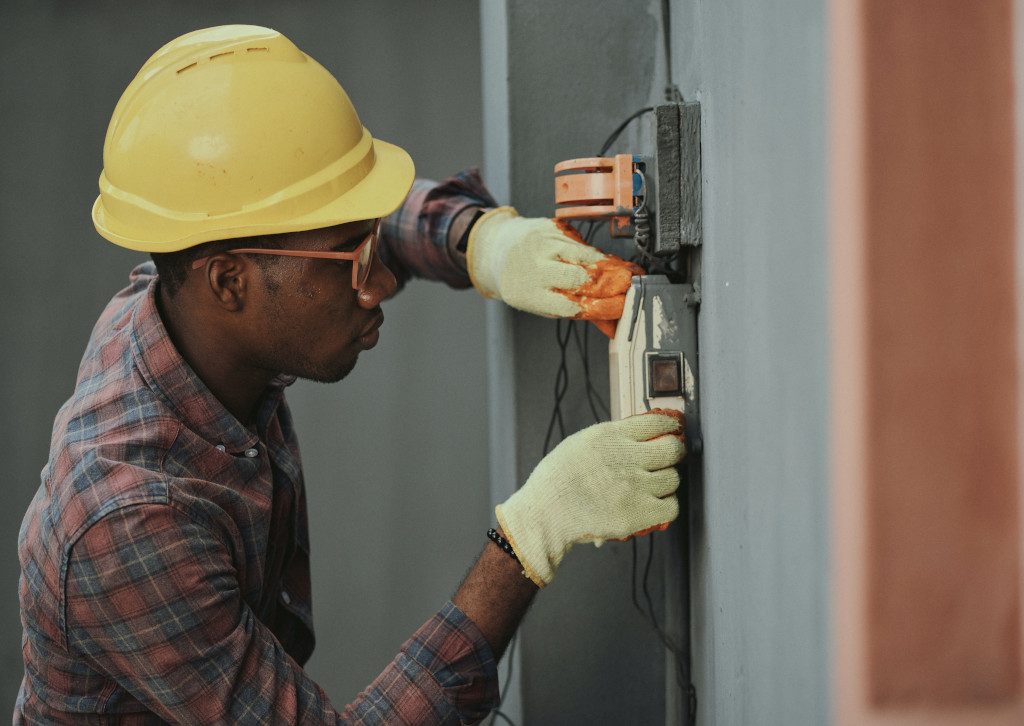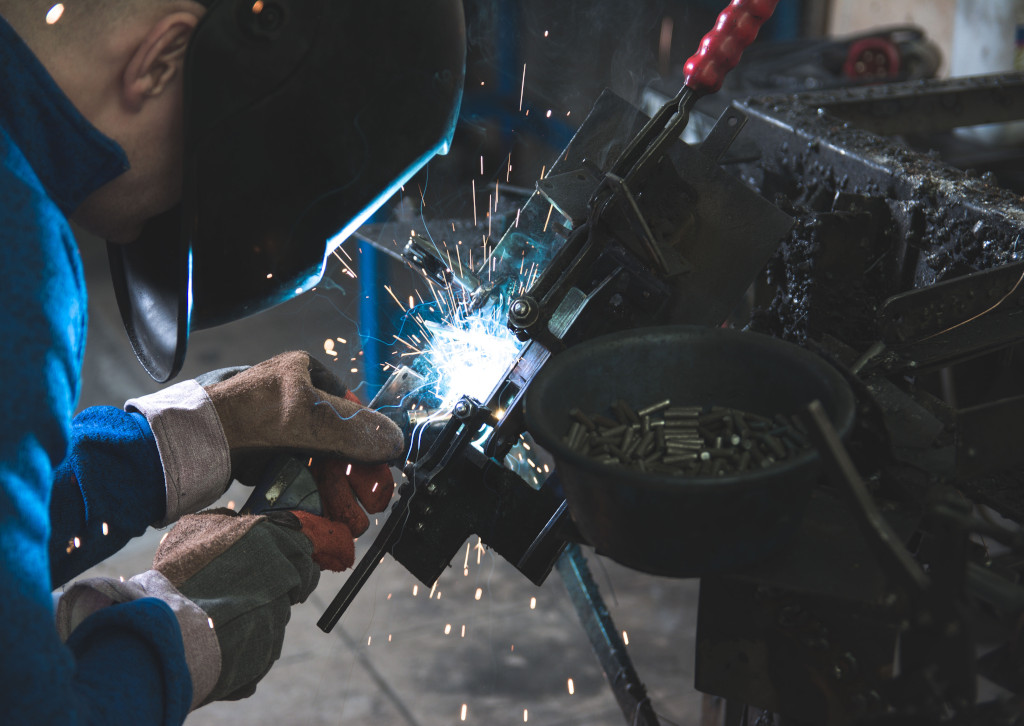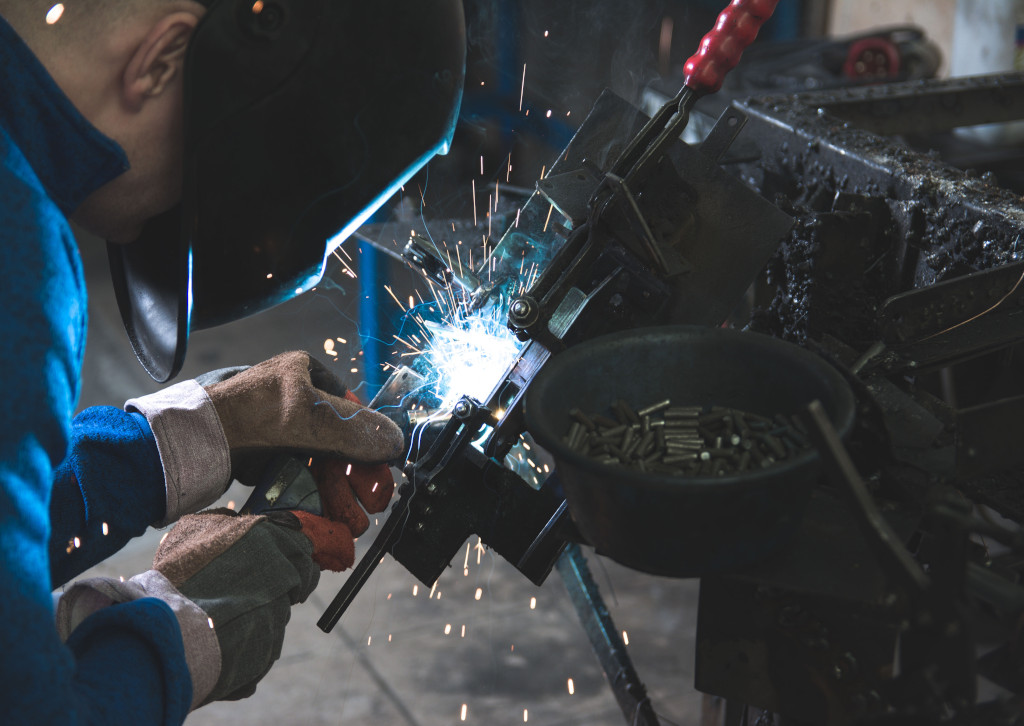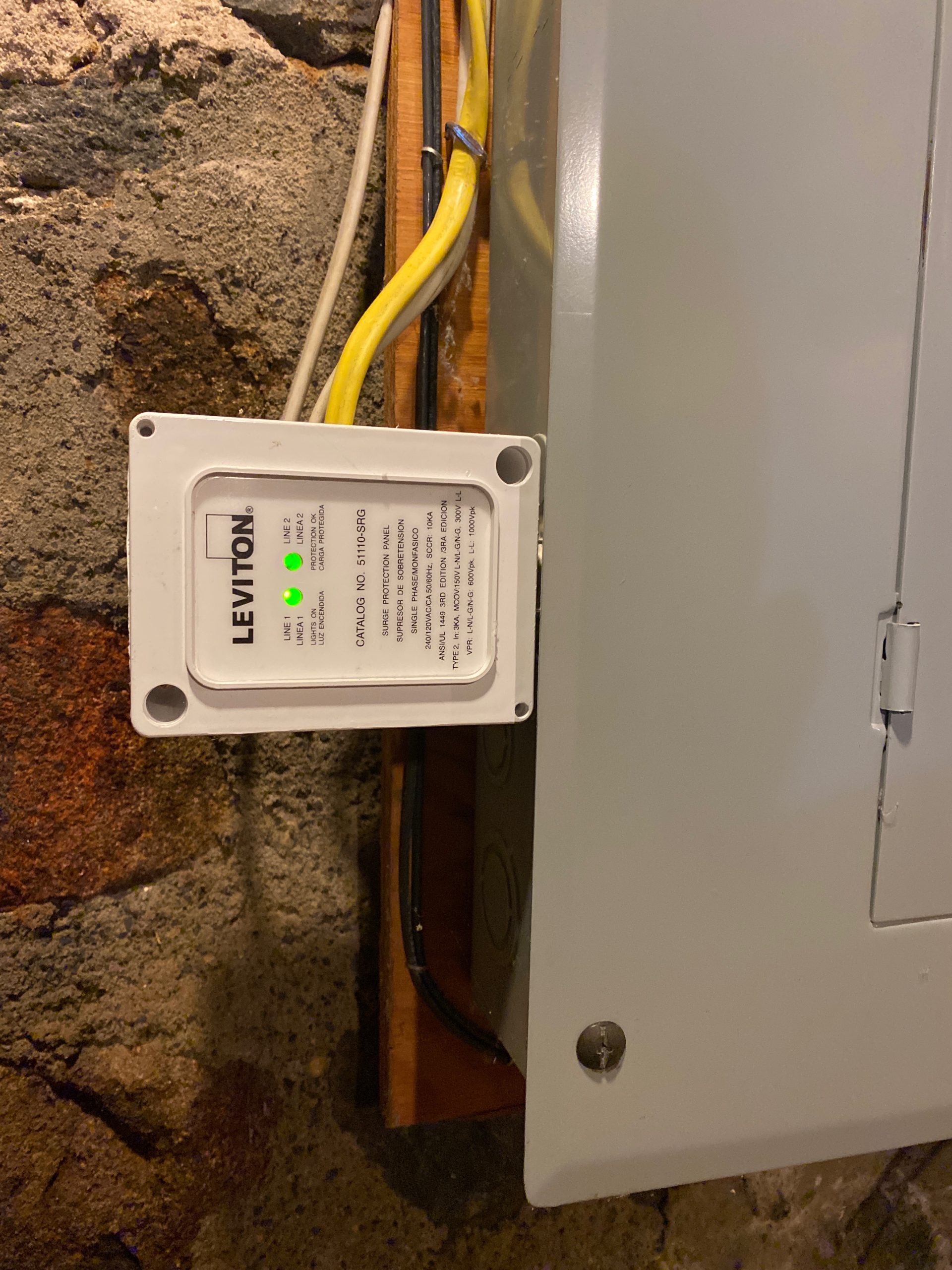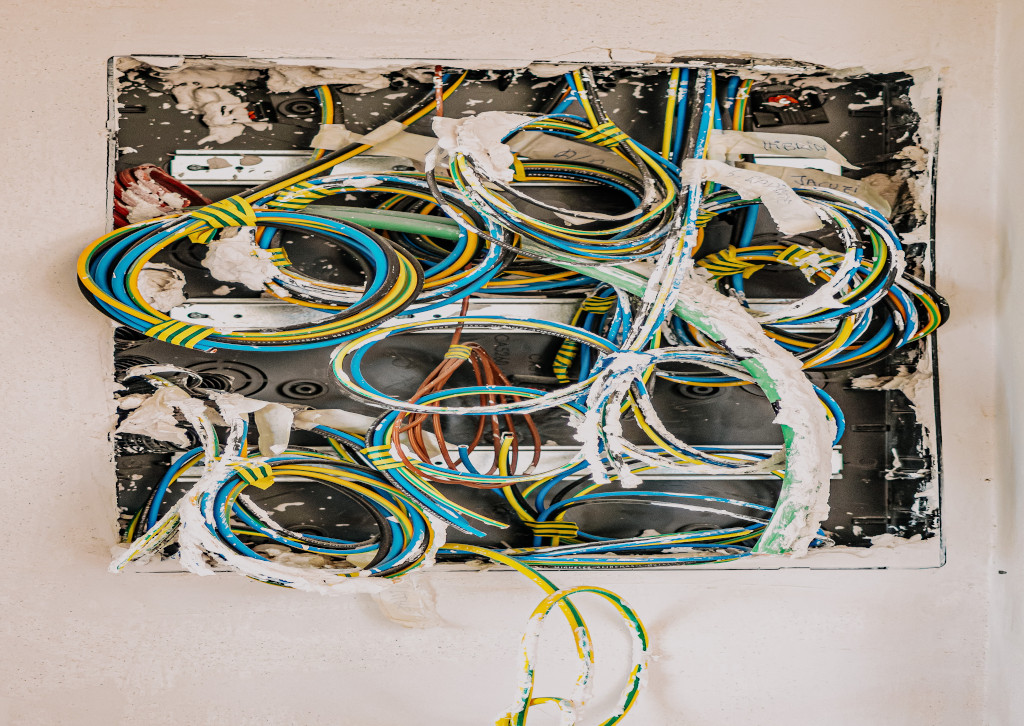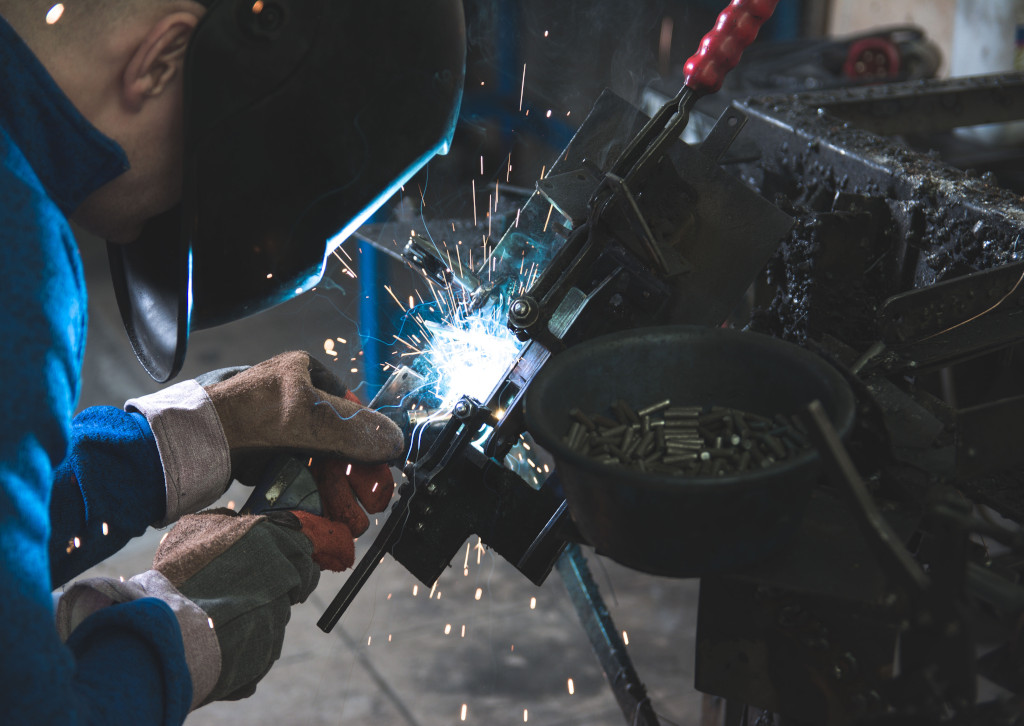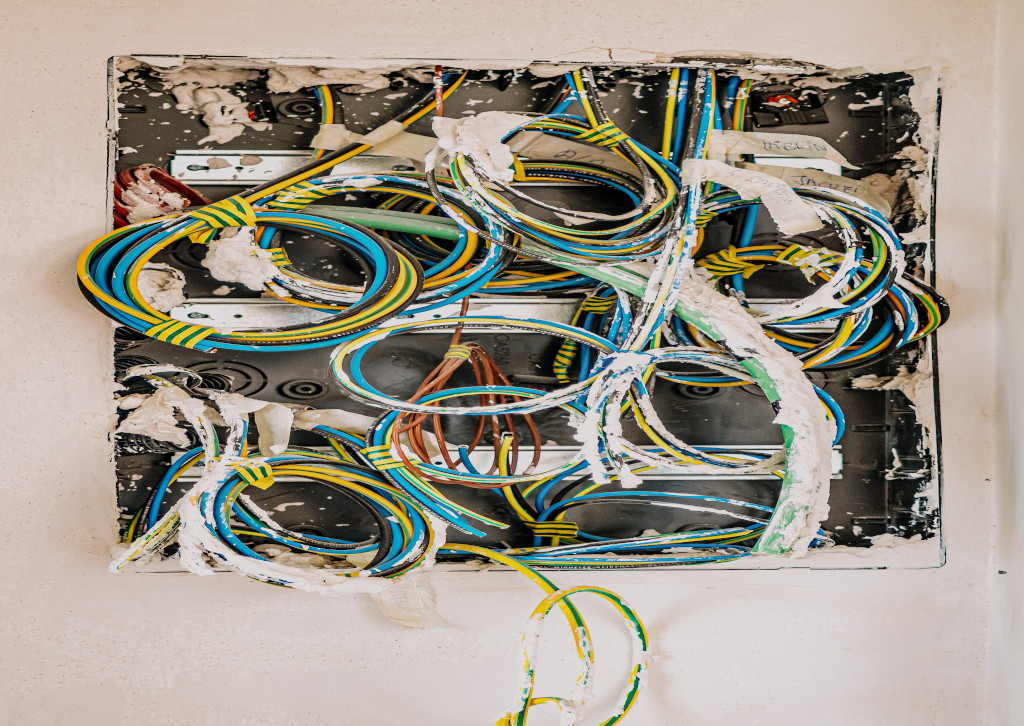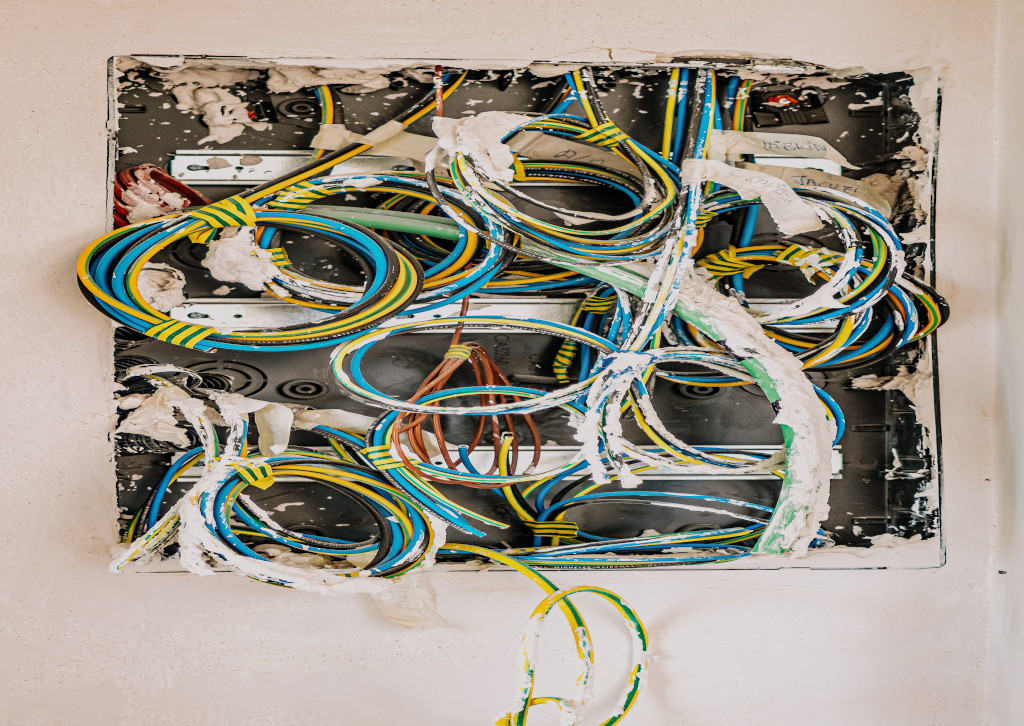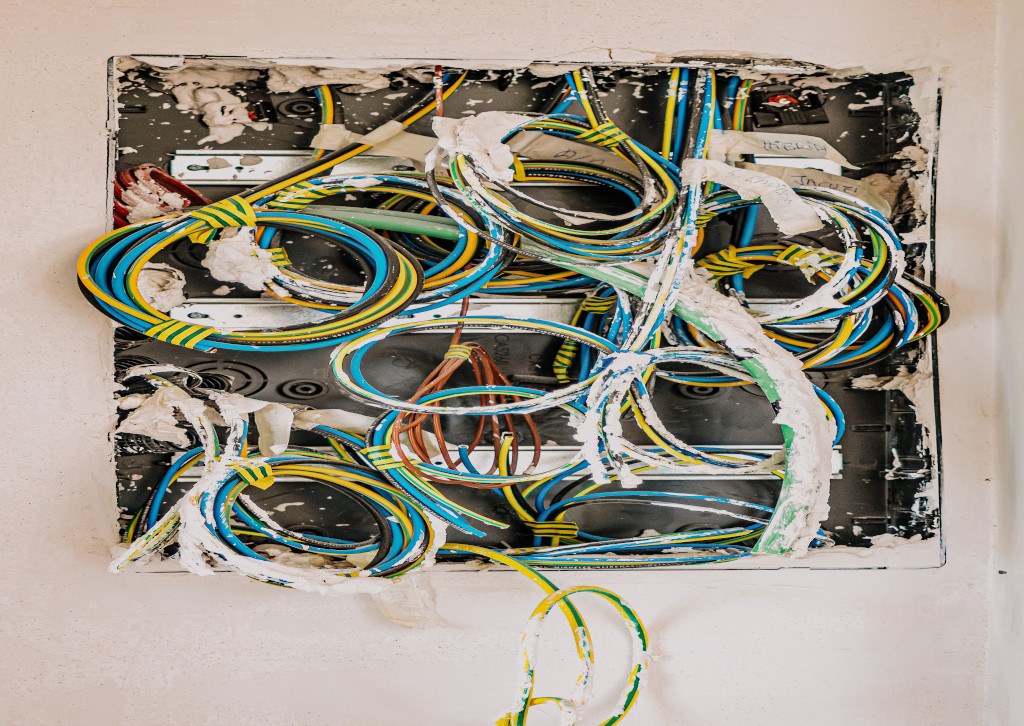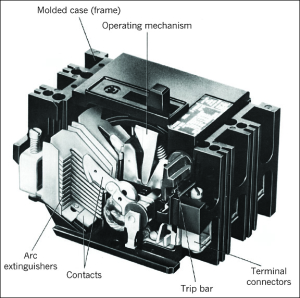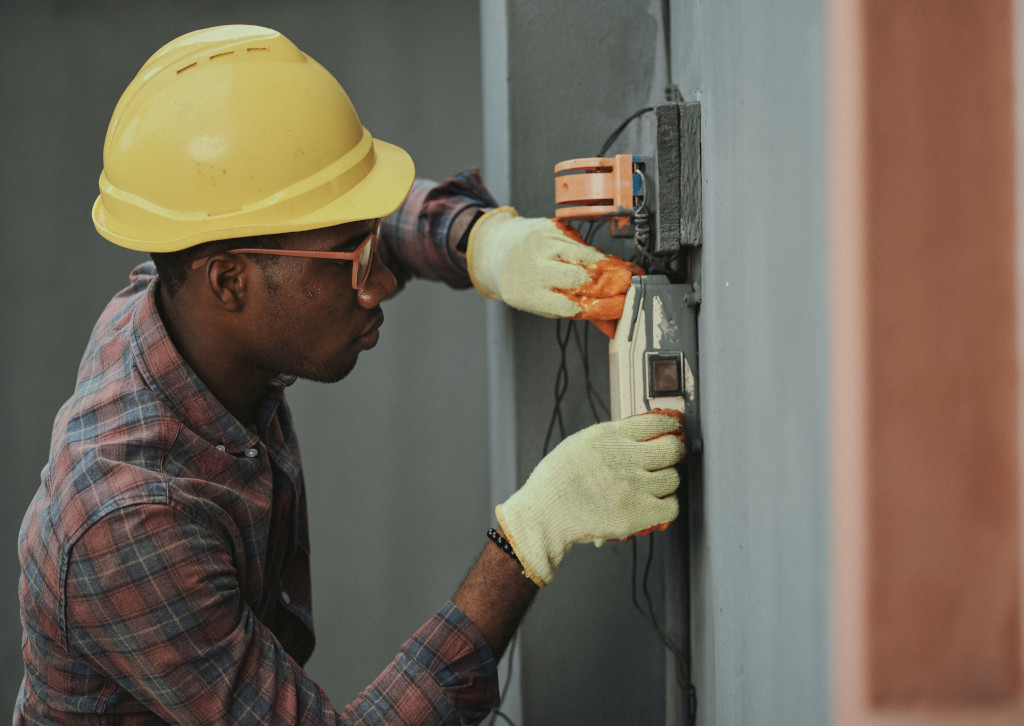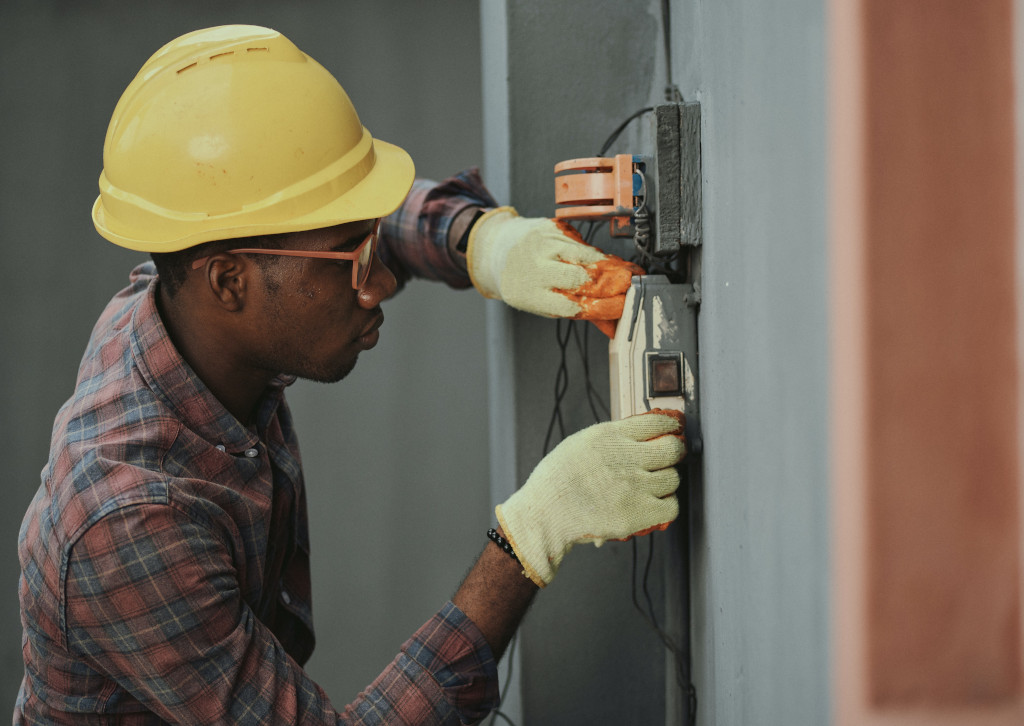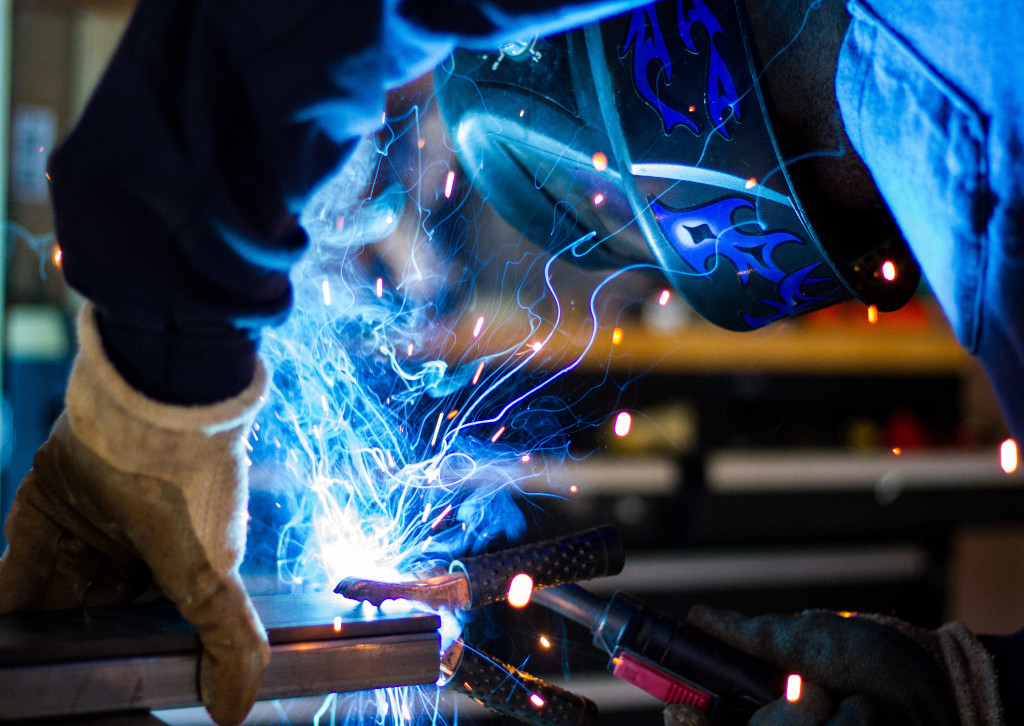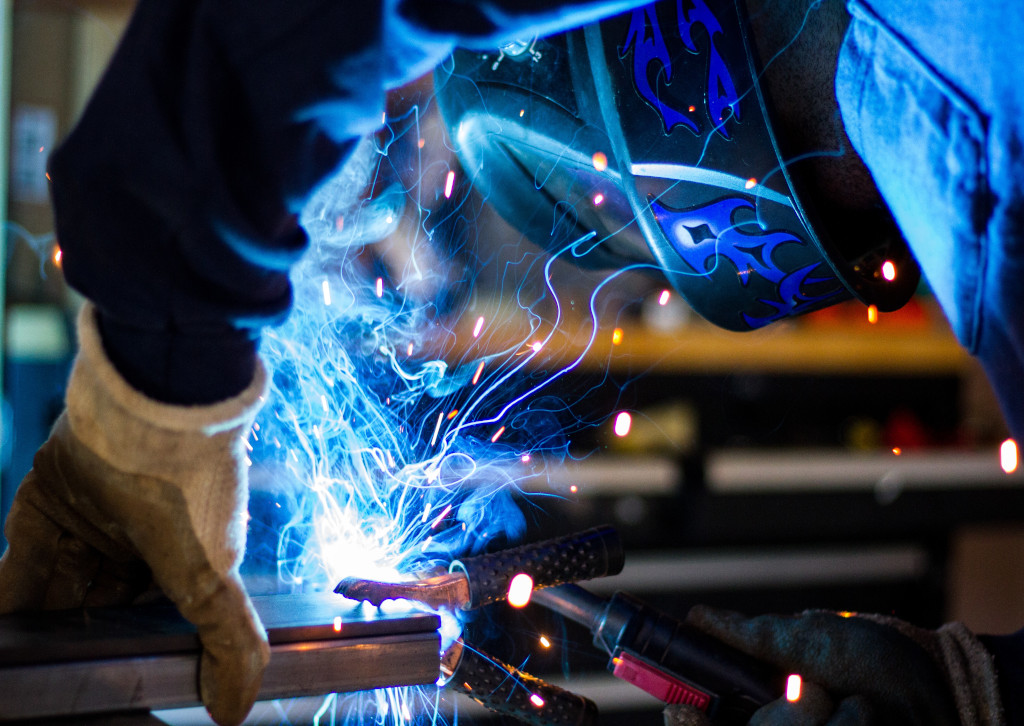Residential>Troubleshooting & Repair ServicesGFCI OutletsAFCI BreakersWhole House Surge ProtectionElectrical Safety InspectionsSmoke & CO DetectorsGenerator InstallationElectrical Panel UpgradesDedicated CircuitsIndoor LightingLandscape LightingFan InstallationPool & Hot Tub WiringEV Charger InstallationWhole House RewiringHome Theater InstallationCommercial>Troubleshooting & Repair ServicesDedicated Computer CircuitsElectrical Safety InspectionsSurge ProtectionGenerator InstallationElectrical Panel UpgradesBucket Truck ServicesEquipment HookupsIndoor & Outdoor LightingReviewsService Areas>Montgomery County, PABucks County, PAChester County, PADelaware County, PABerks County, PAPhiladelphia County, PAPhotosTeamBlogDealsCommunityAchievementsComicsCareersCompanies
Private Utility Poles: What They Are, And Who To Call For Installation And Repair
KB Electric LLC recently got a call from a man who needed help repairing a utility pole. Normally, our electricians wouldn’t even touch a job like this because the main utility poles seen on the side of the road are serviced, repaired, replaced, and installed by the utility company, like PECO or MET-ED. But private utility poles, like for this customer, are the homeowner’s responsibility for installation, repair, and replacement. Let’s take a look at this job that had the master electricians at KB Electric LLC repairing a down private power pole for this homeowner.

Leaning Private Utility Pole Needing Repair – KB Electric LLC
What Are Private Utility Poles?
A private utility pole, also known as a private power pole, is a pole located on a homeowner or business owner’s property. It is connected to the main utility pole owned by the utility company.
Why Would I Have A Private Power Pole On My Property?
The reason homeowners or business owners may have private utility poles on their property is because the main utility pole owned by the utility company cannot reach the house or business. The additional private utility pole on the property helps get power to the home or business if the lines won’t reach the service head on the house or business.

Private Utility Pole Repair – KB Electric LLC
Who Is Responsible For Repairing My Private Utility Pole?
Because the private utility pole is on the homeowner’s property, the homeowner is responsible for taking care of repairing or replacing the pole. Your utility company is NOT responsible for private utility poles, and will tell you that you need to hire someone to repair or replace it. The utility company in your area (PECO or MET-ED are the common companies in the Montgomery County or Berks County, PA area) are ONLY responsible for the utility lines and poles they own (which are the ones not on our property, and that are on the roadsides).
Who Can I Call To Repair My Private Utility Pole?
A homeowner or business owner can call a licensed and insured electrician, like the ones from KB Electric LLC to repair, replace, or install private utility poles. An electrician with the right equipment will be able to:
Repair/Replace a leaning/falling or damaged pole due to storm damage or unforeseen circumstance.Install a new private utility pole. Repair/Replace private utility pole.
Unsure About Your Circumstance?
It’s okay to be unsure of who to call for your particular circumstance in regards to your private power pole. You can call your main utility company before calling an electrician to be on the safe side. If you do need an electrician because of your private power pole, call KB Electric LLC today! (267) 467-3178
CATEGORIES
4-Prong OutletsAbout KB Electric LLCAttic FansBallast ReplacementBathroom LightingBollard LightsCable Outlet InstallationCarbon Monoxide DetectorsCeiling Fan InstallationChandelier InstallationChristmas Light SafetyCircuit BreakersCommercial Electrical Safety InspectionsCommercial ElectricianCommercial LightingCurrent Events with ElectricityCurrent Events: EnergyDeck LightingDeck Receptacles/OutletsDedicated CircuitsDeicing CablesDimmer SwitchesDisposing Light BulbsDoorbellsDryer Booster FansElectricity and Energy InnovationsElectric Baseboard Heater InstallationElectric Car Charging InstallationElectric Radiant Floor HeatingElectrical InformationElectrical InnovationsElectrical Panel UpgradeElectrical Remodeling ServicesElectrical Safety InspectionsElectrician vs. Electrical InspectorElectricity BillElectromagnetic FieldsEmergency DisconnectsEmergency Lighting and Exit Sign LightingEnergy Saving TipsEthernet Wall JacksEV Charging SafetyExhaust FansFestoon LightingGarage WiringGeneratorsGFCIsHigh Bay LightingHire a Licensed ElectricianHistory of Ceiling FansHistory of the Dimmer SwitchHistory of Electric CarsHome Electric Car Charging InstallationHot Tub WiringHouse RewireIn The NewsIntercom SystemsKitchen LightingKnob & Tube WiringLED Ballast BypassLED Christmas LightsLED Retrofit LightingLEDsLi-Fi TechnologyLight Color TemperatureLightingLightning FactsLow Voltage Landscape LightingMotion SensorsMoonlightingOutlet SafetyOutdoor Ceiling FansOutdoor Home Security Lighting TipsOutdoor Lamp PostsOutdoor LightingOutdoor Outlet CoversOutdoor Receptacles/OutletsOutdoor Shed WiringParking Lot LightingPendant LightingPhotocell SensorsPool WiringPower and Communication PolesPrivate Utility PolesProperty Management ElectricianRange HoodsRecessed LightsRecessed OutletsRenewable EnergyRomex WiringRV Home Electrical HookupSafety & PreventionShed WiringSingle Phase to Three PhaseSmall BusinessesSmart Light SwitchesSmart OutletsSmart ThermostatsSmoke DetectorsSolar Powered ElectricitySpace HeatersStorefront LightingSurge ProtectionSwimming Pool Electrical SafetySwimming Pool Area LightingSwimming Pool LightingThanksgiving FunTools of the TradeTrack Lighting InstallationTransformersTunable White LEDsTV Wall Mount InstallationTwist Lock ReceptaclesUnder Cabinet LightingUSB OutletsVideo Doorbells
The post Private Utility Poles | What They Are, & Who To Call For Installation & Repair appeared first on KB Electric LLC.
